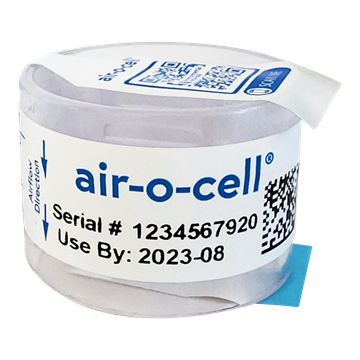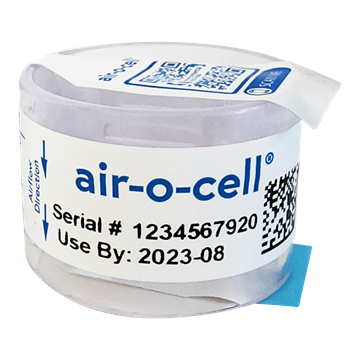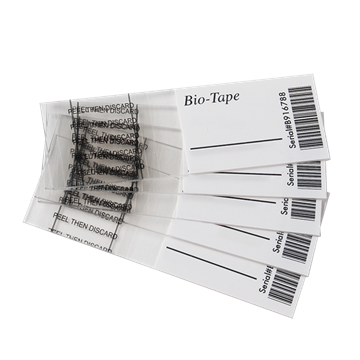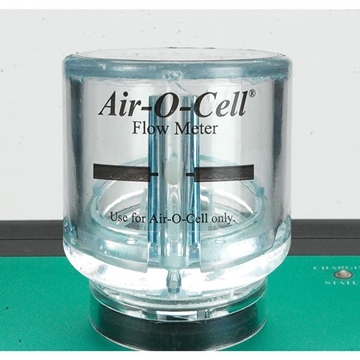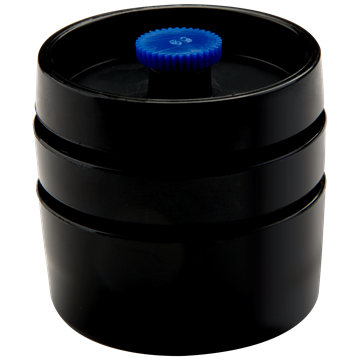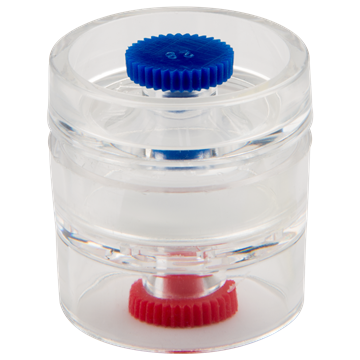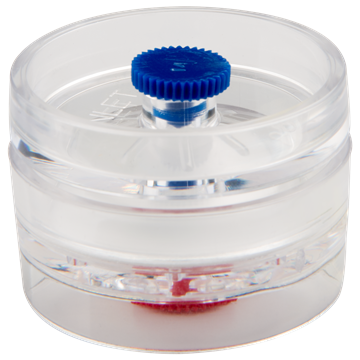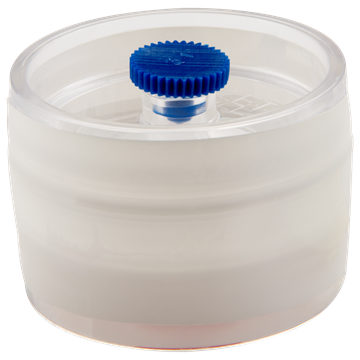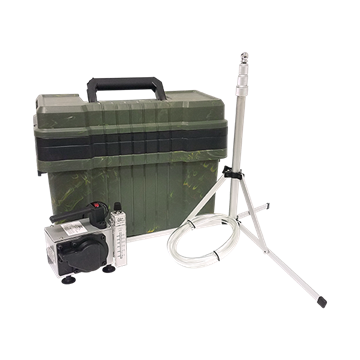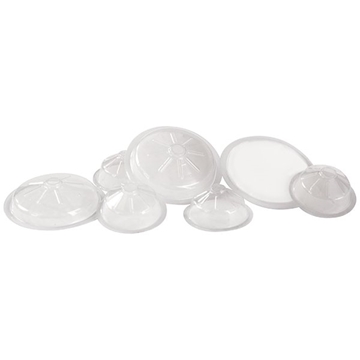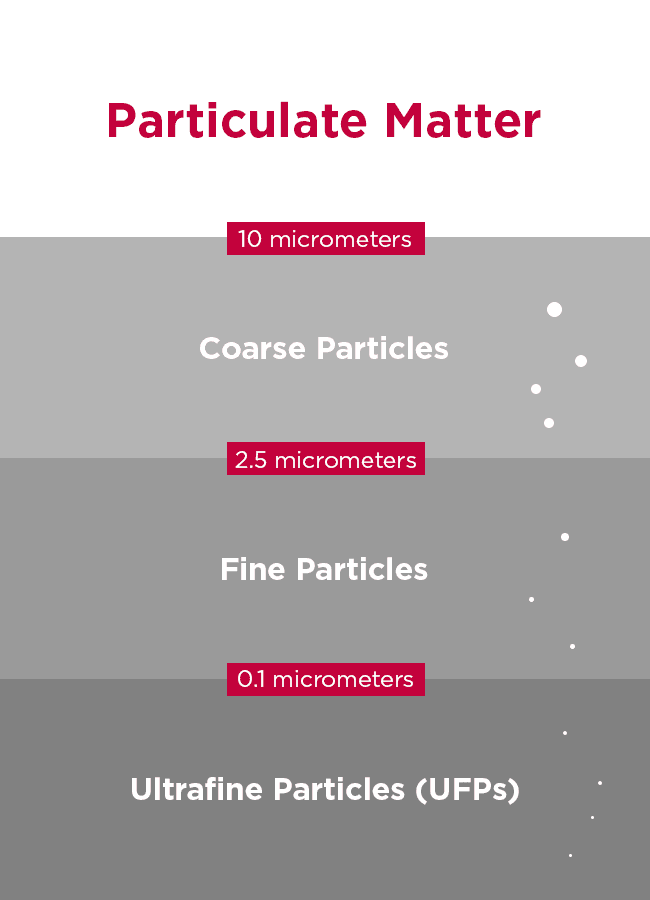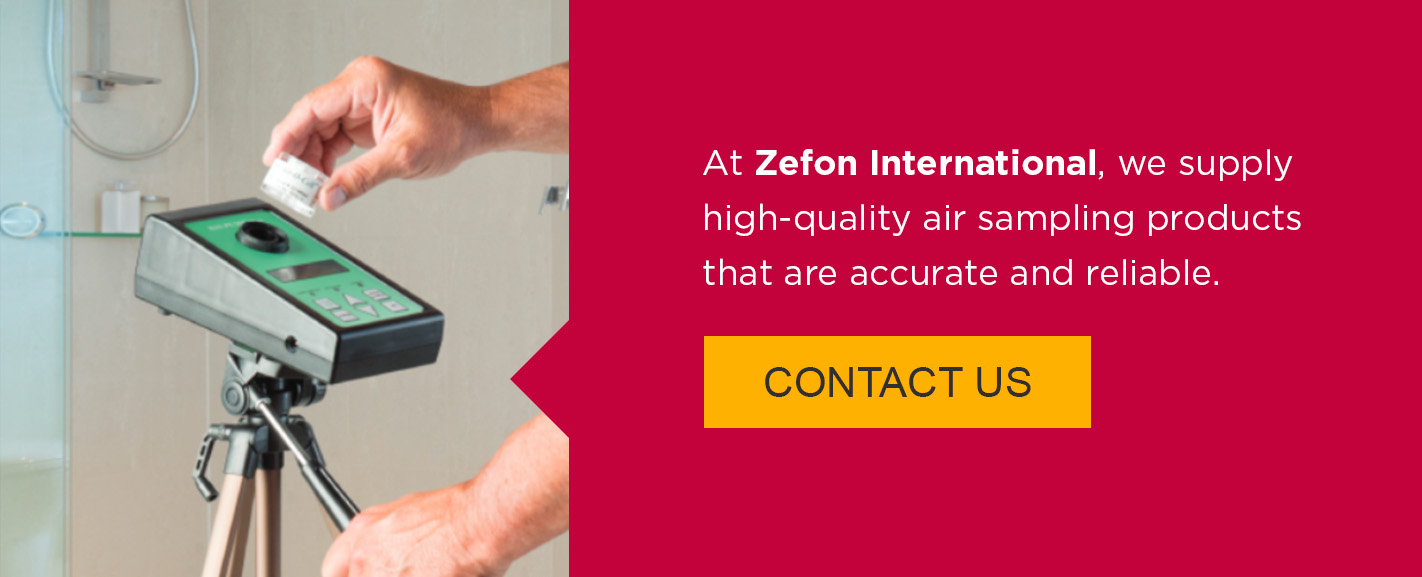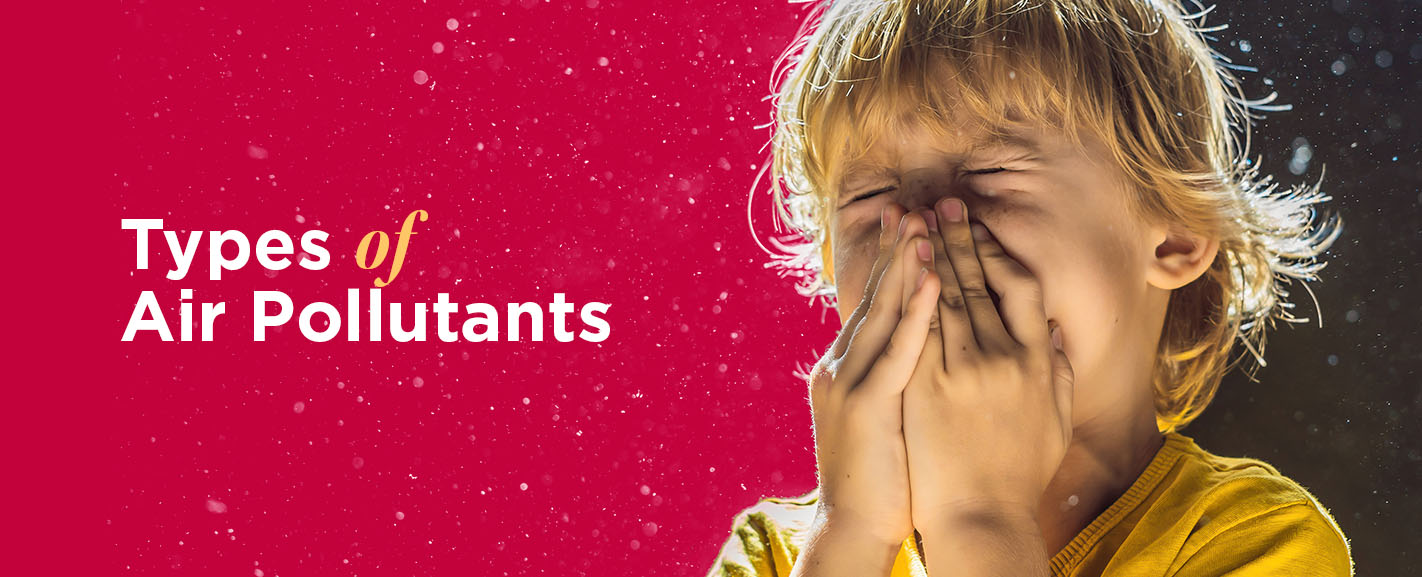
Indoor air quality is vital to human health. Having high-quality indoor air helps humans live, breathe and work better. However, many common air contaminants can make their way into indoor environments, putting occupants at risk of both short- and long-term health effects.
This guide to the types of air pollutants will help educate professionals on the sources of air pollutants that may contaminate indoor environments. Discover the common types of air pollutants and their sources and how to protect yourself from these airborne toxins.
Common Air Pollutants
There are many different types of air pollutants. Some pose mild threats to respiratory health, while others are classified as hazardous by the Environmental Protection Agency (EPA). We can be exposed to air pollutants either indoors or outdoors. However, according to the EPA, common air contaminants have 2-5 times higher concentration levels indoors than outdoors.
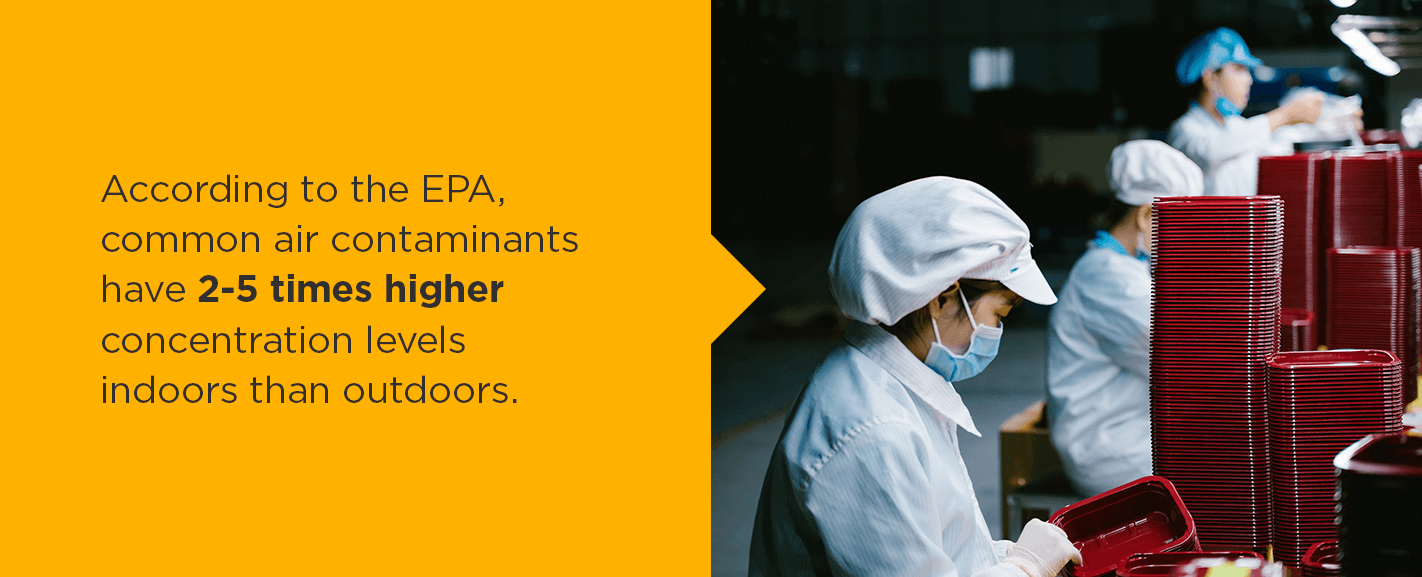
Outdoor Pollutants
While the outdoor environment allows for pollutants to dissipate, resulting in lower concentrations of hazardous contaminants, outdoor air quality is still vital to human health. Outdoor air pollutants consist of both natural sources, like pollen, pet dander or mold, as well as anthropogenic sources, which are pollutants made by humans.
Anthropogenic outdoor pollutants include sources like power plants, industrial facilities, vehicles and airplanes.
Indoor Pollutants
Since the average American spends an estimated 85% or more of their time indoors, the air quality of the indoor environment is crucial. Reducing concentration levels of common indoor air pollutants can greatly improve the adverse effects of pollution, particularly in vulnerable people.
Some of the most common sources of air pollution in indoor environments are:
Pet Dander
People who are prone to pet allergies experience allergic reactions when exposed to pet dander in indoor environments. Pet dander is composed of microscopic skin shed from pets like dogs, cats, birds or rodents. Dried saliva, feces, urine and other particles emitted from pets can also become airborne, where owners can inhale them and experience adverse reactions.
Pollen
Pollen is typically an outdoor air pollutant. However, pollen can impact indoor air quality when it makes its way inside homes through open windows and doors. Pollen is the biggest threat to indoor air quality during the spring and summer seasons. Outdoor pets can also track pollen inside, exposing people with allergies to this common pollutant.
Mold
Mold thrives in wet or moist indoor environments. It tends to grow in bathrooms and along window sills, making it a common indoor air pollutant in homes and workplaces. The biggest risk of mold is that it emits microscopic spores into the air, making them easy to inhale. Some mold species are more hazardous than others, and different people react to mold exposure with differing degrees of severity.
Lead
Lead is one of the most well-recognized hazardous air pollutants that can impact indoor air quality. Though it was banned in the 1970s, buildings constructed before this time may still contain lead in old paint, presenting a risk of exposure to occupants. Lead is a dangerous toxin that has known neurological effects on humans. It is particularly dangerous when paint containing lead starts chipping or peeling, sending lead particles into the air.
Volatile Organic Compounds (VOCs)
Volatile organic compounds (VOCs) are primary air pollutants found in a variety of building products, including paints, varnishes and adhesives. VOCs are emitted in a gas state, becoming airborne and lingering in the air where occupants can inhale them. VOCs are known to cause respiratory and nervous system problems, depending on the amount and length of exposure.
Carbon Monoxide
Carbon monoxide is an odorless and toxic gas emitted from running vehicles in attached garages, combustible appliances and tobacco smoke. Carbon monoxide's toxicity greatly depends on the amount and length of exposure. Because carbon dioxide is undetectable, it can poison or kill people before they become aware of its presence.
Ozone
Ozone is a chain of three oxygen molecules. When sunlight reacts with other air pollutants and ozone, it creates smog 一 a known toxin with long-term exposure risks. While ozone is typically associated with outdoor air quality, it can also impact indoor air quality in regions prone to smog.
Nitrogen Dioxide
Nitrogen dioxide is a toxic gas that’s also a highly reactive oxidant and corrosive. While it’s not typically a threat to most indoor air quality levels, unventilated or poorly ventilated gas stoves can cause nitrogen dioxide levels to increase in indoor environments. High levels of this gas can cause eye, nose and throat irritation, severe respiratory illnesses or pulmonary edema.
Sulfur Dioxide
Sulfur dioxide is a toxic gas that’s formed as a byproduct of burning sulfur-containing combustible products, such as coal, oil or diesel. While it's not normally a threat in most indoor environments, it can infiltrate homes nearby large sulfur-burning sources. High levels of exposure to sulfur dioxide can cause shortness of breath and difficulty breathing.
Hazardous Air Pollutants
Hazardous air pollutants are toxic air contaminants known or suspected of being harmful to human health. Exposure to hazardous air pollutants can lead to various diseases, illnesses and other health hazards, including cancers, reproductive health problems and birth defects.
Examples of hazardous air pollutants include:
- Perchloroethylene, also known as perc, found in dry cleaning products or processes.
- Methylene chloride, which is found in paint strippers.
- Toluene found in industrial products like paints and sealants.
According to the EPA, the government controls or reducesat minimum 187 known toxic air pollutants in cooperation with state and local authorities.
Particulate Matter
Particulate matter, also called particle pollution, is a type of hazardous air contaminant that refers to solid substances ranging in size that mix with liquid droplets that hang in the air. Large particles like dust or soot are visible to the naked eye, while other particles are microscopic.
Coarse Particles
The largest pollution particles are referred to as inhalable coarse particles. Coarse particles are larger than 2.5 micrometers but smaller than 10 micrometers in length, giving them the measurement of Pm10. Coarse particles come from sources like dust from dirt roads or road reclamation and pathogens like mold, bacteria, or airborne viruses.
Fine Particles
Fine particles are 2.5 micrometers or smaller (Pm2.5). They are emitted from sources like vehicle exhaust, wildfires, power plants and other combustible sources. Fine particles, when inhaled, are capable of entering deep into the lung tissue and even into the bloodstream. Because they’re so small, fine particles from outdoor sources can enter homes and buildings through ventilation systems.
Ultrafine Particles (UFPs)
Ultrafine particles are a type of fine particle generally thought to be under 0.1 micrometers. These particles are believed to originate from the same or similar sources as fine particles. Because ultrafine particles are so much smaller than fine or coarse particles, they pose an even bigger threat to cardiovascular health, with a greater toxicity potential.
What Are Criteria Air Pollutants?
Criteria air pollutants are a classification of air pollutants for which the EPA sets required National Ambient Air Quality Standards (NAAQS). Based on human health, environmental and other scientific data, the EPA sets standards for permissible levels of six air contaminant types that are the leading causes of air pollution.
Carbon Monoxide
The EPA sets a primary one-hour and eight-hour carbon monoxide exposure limit. The primary one-hour exposure limit is 35 parts per million, while the primary eight-hour exposure limit is 9 parts per million, which is not to be exceeded more than once per year. In addition to the EPA, the Occupational Safety and Health Administration (OSHA) also sets limits on workplace exposure to carbon monoxide. OSHA’s permissible level of exposure is 50 parts per million over a single eight-hour period.
Lead
According to EPA permissible limits, primary and secondary exposure to lead should not exceed an average of 50 micrograms per cubic meter of air over an eight-hour time-weighted period. Similarly, OSHA also has a required permissible exposure limit (PEL) of 50 micrograms per cubic meter of air over an eight-hour period. This PEL is lower for workers in general industry and the construction industry, at 30 micrograms.
Nitrogen Oxides
The current NAAQS for primary exposure to nitrogen oxide is a one-hour maximum of 100 parts per billion based on a three-year average or an annual standard of 53 parts per billion. For secondary exposure, the standard is an annual average of 53 parts per billion.
Ozone
The NAAQS for exposure to ground-level ozone is 0.10 parts per million over an eight-hour period per day, the same limit set by OSHA. According to the National Institute for Occupational Safety and Health, ozone levels of 5 parts per million or higher are an immediate danger to human health.
Particulate Matter
Particulate matter exposure limits depend on particle size. These limits are:
- Twelve micrograms per cubic meter of air for Pm2.5.
- Fifteen micrograms per cubic meter of air for annual secondary exposure.
- Thirty-five micrograms per cubic meter of air for Pm10.
Sulfur Dioxide
The current NAAQS for primary exposure to sulfur dioxide is 75 parts per billion based on a one-hour maximum daily concentration. For secondary exposure, the sulfur dioxide limit is 500 parts per billion averaged over three hours and not to be exceeded more than once per year.
Other Types of Air Pollutants
In addition to the six criteria air pollutants, there are over 180 additional air pollutant types that the EPA knows of. Some of these air pollutants are a particular threat to urban environments, known as urban air toxins.
Acrolein
Acrolein is a colorless or yellow liquid with a strong, foul odor that’s used to make acrylic acid. Exposure to acrolein through ingestion, inhalation or dermal contact can lead to irritation of eyes, throat and skin and respiratory and cardiovascular illnesses.
Asbestos
Asbestos is one of the most deadly airborne contaminants, with varying levels of exposure leading to different illnesses ranging in severity from pleural plaques to mesothelioma cancer. Asbestos is a naturally occurring mineral that was used extensively in construction until its health risks became known. Asbestos can be found in old insulation, drywall and fireproofing materials.
Benzene
Benzene is a colorless liquid used in manufacturing petroleum and coal products, like rubbers, lubricants, plastics and dyes. Contact with benzene is harmful to the eyes, skin, lungs and nervous system. People who work in factories or gas stations and as firefighters are susceptible to benzene exposure.
Carbon Disulfide
Carbon disulfide is an industrial liquid product used to manufacture goods made of rubber and viscose rayon. Because of its strong ether-like odor, exposure to carbon disulfide can cause dizziness, headache, vision changes and anxiety. Severe exposure can damage the kidneys, heart, liver and nerves. People who work in factories that make rubber and rayon fabrics may be most at risk of exposure.
Creosote
Creosote, also called coal tar pitch, is a byproduct made by industries that preserve and process wood products. Creosote is a thick, oily or liquid substance containing a mixture of hundreds of different chemicals. It’s an easily combustible material, and it often ends up in the environment through waste streams. Even small amounts of direct exposure to creosote can damage skin and eyes.
Fuel Oils and Kerosene
Emissions from fuel oils like kerosene cause indoor air pollution in homes that use these types of cooking fuels. Open or unsafe cooking practices increase indoor air pollution and expose occupants to harmful airborne contaminants from these combustible products. Toxicity from fuel oils like kerosene can cause lung irritation, heart disease and even stroke.
Polycyclic Aromatic Hydrocarbons
Polycyclic aromatic hydrocarbons (PAHs) are secondary air pollutants that occur naturally in fuel sources like petroleum and coal. They become airborne pollutants when burned and they emit PAHs into the air. Exposure to these toxic air contaminants causes the body to pass PAHs through physiological processes, breaking them down into byproducts called metabolites. Metabolites then end up in the environment through urine and feces.
Synthetic Vitreous Fibers
Synthetic vitreous fibers (SVFs) are a group of inorganic materials often used in insulation due to their fibrous structure. Exposure to SVFs can lead to skin and eye itchiness and irritation. If SFVs are inhaled or ingested, it can lead to respiratory inflammation. Extended exposure to SVFs can lead to pleural plaques.
Total Petroleum Hydrocarbons
Total petroleum hydrocarbons (TPH) are a group of chemicals that come from crude oil. Because crude oil and petroleum products contain so many different chemicals, scientists group these chemicals together into the category of TPH and measure the total amount at any given site. THP chemicals end up in the soil, water and air as emissions from crude oil and petroleum manufacturing and burning.

What Are the Health Effects of Air Pollution?
Various air pollutants affect the human body differently. The risk factors related to air pollution exposure depend on the quantity of exposure and the length of time of exposure. Air pollution can have a combination of acute and short-term effects or chronic and long-term effects.
Short-Term Exposure Effects
Short-term effects of exposure to air pollutants include acute symptoms such as:
- Eye, skin, nose and throat irritation.
- Coughing, wheezing and difficulty breathing.
- Tiredness, headache and dizziness.
Immediate exposure to air pollution can also increase symptoms in people with asthma, allergies or respiratory diseases.
Long-Term Exposure Effects
Exposure to significant levels of air pollution over an extended period of time can result in long-term health effects. Some of the common long-term effects of air pollution include:
- Cancers of the lungs, breast, brain, heart and stomach.
- Chronic respiratory illnesses like chronic obstructive pulmonary disease (COPD), bronchitis and emphysema.
- Cardiovascular diseases like heart disease, high blood pressure and stroke.
Long-term exposure to air pollution can also have particularly bad health outcomes in children and older adults.
How to Protect Yourself From Air Pollutants
You can protect yourself and your workplace from indoor air contaminants with air sampling equipment that’s designed to test for air pollutants. At Zefon International, we supply high-quality air sampling products that are accurate and reliable. Discover our range of air sampling equipment, from sampling medias and cassettes to air sampling pumps and calibrators to portable instruments.
For more information on our professional air quality sampling equipment and tools, contact us online or by phone.
























